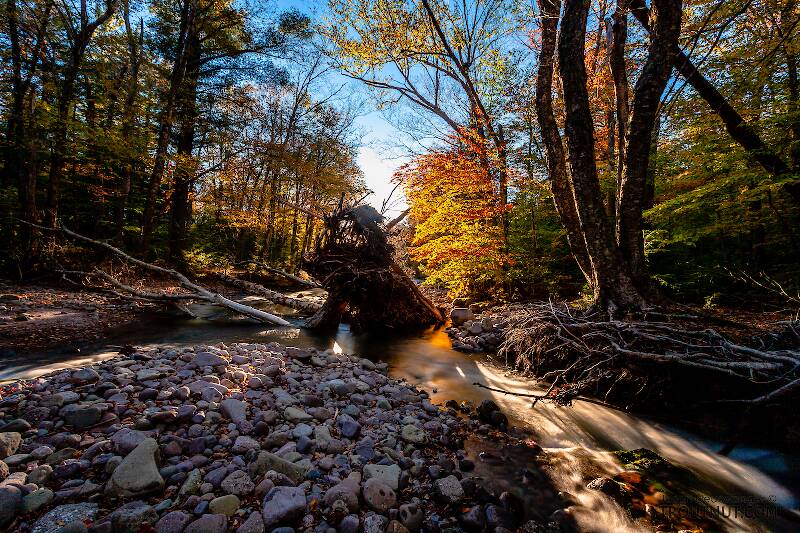
Blue-winged Olives
Baetis
Tiny Baetis mayflies are perhaps the most commonly encountered and imitated by anglers on all American trout streams due to their great abundance, widespread distribution, and trout-friendly emergence habits.

Mayfly Species Rhithrogena manifesta
Species Range
Nymph biology
Current speed: Fast
Substrate: Gravel
Physical description
Most physical descriptions on Troutnut are direct or slightly edited quotes from the original scientific sources describing or updating the species, although there may be errors in copying them to this website. Such descriptions aren't always definitive, because species often turn out to be more variable than the original describers observed. In some cases, only a single specimen was described! However, they are useful starting points.
Male Spinner
Wing length: 5-7 mm
Mesonotum piceous; abdominal tergites ferruginous; venation pale hyaline, bases of three main costal veins fuscous at base; type of genitalia uncertain.
Eyes brown above, the lower portion fuscous. Thoracic notum generally piceous. Legs pale greenish; femora with a narrow median band, the knee fuscous; apex of fore tibia, tips of tarsi, and joinings of fore tarsus, fuscous. Wings hyaline; venation pale greenish hyaline, except the basal third of costa, subcosta and radius, and occasionally their tips also, which are fuscous. Abdominal tergites ferruginous, the posterior half or third of each somewhat piceous. Forceps pale; tails uniformly whitish; penes blackish, according to Hagen.
Start a Discussion of Rhithrogena manifesta
References
- Caucci, Al and Nastasi, Bob. 2004. Hatches II. The Lyons Press.
- Leonard, Justin W. and Fannie A. Leonard. 1962. Mayflies of Michigan Trout Streams. Cranbrook Institute of Science.
- Needham, James G., Jay R. Traver, and Yin-Chi Hsu. 1935. The Biology of Mayflies. Comstock Publishing Company, Inc.
Mayfly Species Rhithrogena manifesta
Species Range
Resources
- NatureServe
- Integrated Taxonomic Information System
- Global Biodiversity Information Facility
- Described by Eaton (1885)


